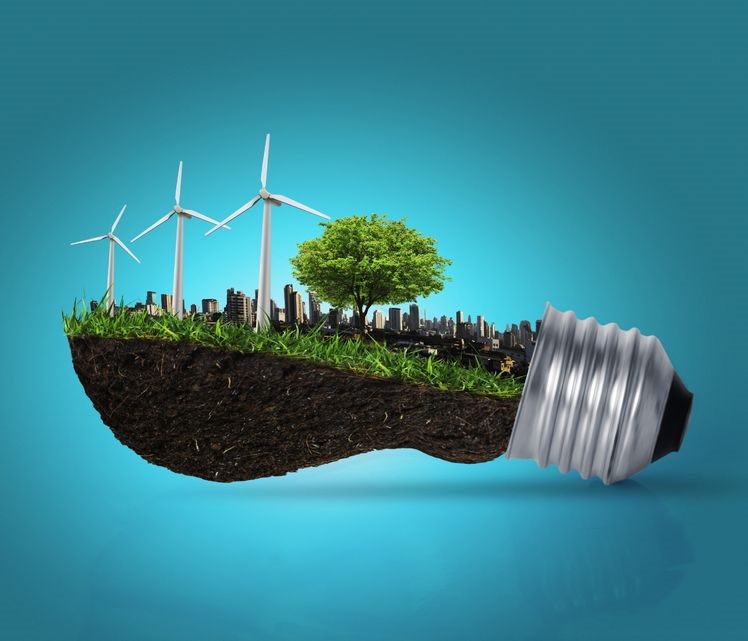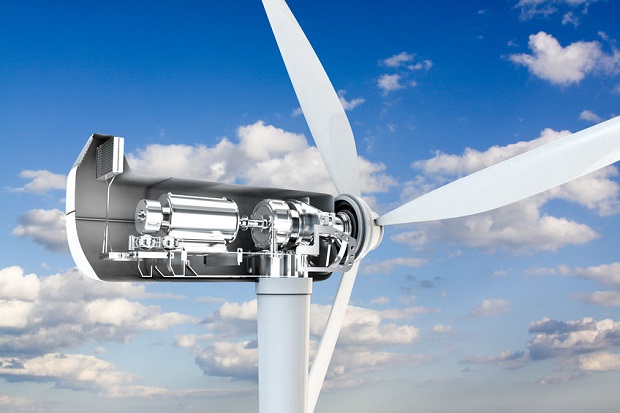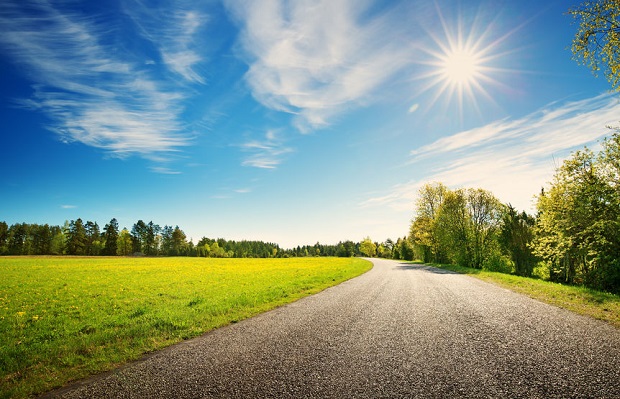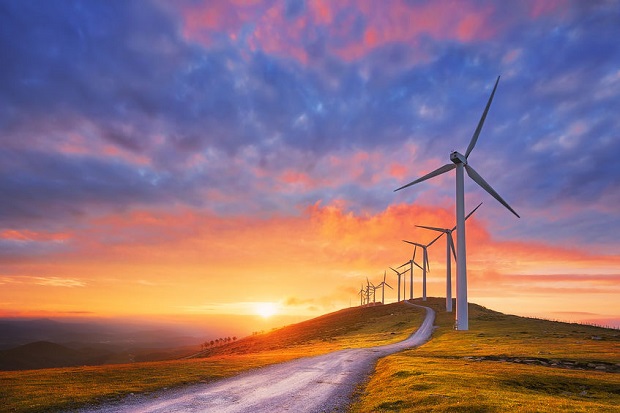
How Does Wind Power Work?
Wind power is the transfer of kinetic energy from air movement to a medium that is beneficial to humans. Humans have been harnessing the power of wind since the beginning of recorded history. The most common method of using wind energy has been the use of sails to propel ships. Many ancient buildings utilized natural wind-driven ventilation systems, and the use of windmills to grind grain dates back at least 2000 years. [1]
How Is Wind Converted To Electricity?

Wind is simply the movement of air particles. Rapid movement of air creates kinetic energy, which can be collected in the same manner that a hydroelectric dam generates energy from running water. Wind turbines are like windmills with blades that spin as air travels across them. As the blades spin, so does the shaft. The shaft connects to a generator, where the rotational energy is converted into electricity. Generators are composed of a conductor surrounded by magnets. As the magnets spin, a voltage is induced in the conductor, which drives electrical current through power lines to supply electricity to people’s homes. [2]
What Causes Air To Move?

The sun is the true motor of wind energy. As the sun heats an area of the Earth, air particles absorb its heat and speed up. As the particles accelerate, they begin to rise because hot air is lighter than cool air. As hot air rises, cooler air moves into the space where the hot air previously was. This constant cycle is what causes wind. When air particles hit the blades of a turbine, the kinetic energy of the air’s movement is transferred to the movement of the blades, then to the shaft of the turbine, then to the generator. [3]
What Are Wind Farms?

Today, wind power is collected on wind farms containing hundreds of turbines that all connect to an electronic power transmission network. While most wind farms are on land, offshore farms have access to higher wind speeds above the ocean. Today, 83 countries use commercial wind power, including Denmark, which generates about a fourth of its electricity from wind farms. [4]
Resources
[1] “History of U.S. Wind Energy.” Office of Energy Efficiency and Renewable Energy. N.p., n.d. Web. 4 Nov. 2019. https://www.energy.gov/eere/wind/history-us-wind-energy
[ 2] “How Do Wind Turbines Work?” Office of Energy Efficiency and Renewable Energy. N.p., n.d. Web. 4 Nov. 2019. https://www.energy.gov/eere/wind/how-do-wind-turbines-work
[3] “Wind Power.” National Geographic. N.p., n.d. Web. 4 Nov. 2019. http://environment.nationalgeographic.com/environment/global-warming/wind-power-profile/
[4] “Renewables 2011 Global Status Report.” Renewable Energy Policy Network for the 21st Century. N.p., n.d. Web. 4 Nov. 2019.
https://www.ren21.net/wp-content/uploads/2019/05/GSR2011_Full-Report_English.pdf
“Wind Energy Basics.” Wind Energy Development Programmatic EIS. N.p., n.d. Web. 4 Nov. 2019. http://windeis.anl.gov/guide/basics/
Expert Opinion
“The penetration of wind energy in the U.S. remains low — less than 1% of American consumption — but wind players think the long-term opportunities are huge.”
Ocean Energy Council; Offshore Wind Energy
“During 2012, wind energy became the number one source of new U.S. electricity generating capacity for the first time, providing some 42% of all new generating capacity.”
American Wind Energy; Industry Statistics